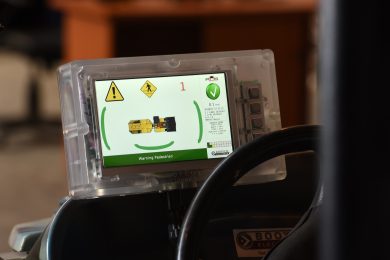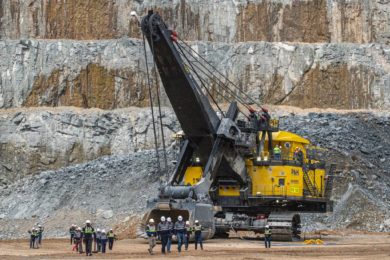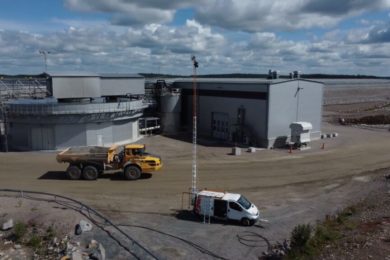With an industry target set to eliminate mining fatalities by 2020 and reduce Lost Time Injuries by 20% from January 2017, the pressure is on mines and their suppliers, including those in the field of proximity detection systems (PDS), to meet this vital goal. “Transport-related incidents are still one of the top causes of fatalities, alongside fall-of-ground,” says Anton Lourens, managing director of leading PDS OEM Booyco Electronics. “While deaths in mining fell 5% to a record low of 73 in 2016 and injuries fell 15% to 2,662 last year, there is still a long way to go meet the 2020 target.”
Lourens says PDS is a key part of the sector’s strategy to implement zero harm, and is already a legislated requirement for underground coal mines, who need to ensure their systems are ‘fit for purpose’ in order to comply. “Coal mines continue to make strides towards better safety, with the injury rate in 2016 down 11% to 183 from 206 in 2015,” he says. “Continued progress requires ongoing compliance and dedication to implementing not just the letter but the spirit of the law.”
PDS allows for interventions where a potentially dangerous situation exists between a pedestrian and a machine. The system includes a sensing device, to detect the presence of an object in a working area, and an audible and visual alarm to both the equipment operator and pedestrians as they enter danger zones. It can also help locate people and machinery if there is an emergency underground. Apart from the safety aspect, this technology helps mines to locate pedestrians and vehicles underground, providing data that can be analysed for patterns that affect production efficiencies.
“The groundwork for the wider application of PDS has already been laid down by the Department of Mineral Resources, through an amendment to Chapter 8 of the Mines Health and Safety Act (MHSA) in February 2015,” he says. “It is now required that PDS be installed on all mobile equipment on mines.”
He highlights that mines are required to assess significant risk in terms of moving machinery and people, and to put an action plan in place to mitigate that risk. One of the challenges, however, is that some mines still consider PDS a ‘grudge purchase’, and do not fully understand their legal responsibility to choose suppliers whose equipment is fit-for-purpose.
“While it may be tempting for a mine to select the cheapest equipment, they will need to prove in the case of an inspection or an accident that the equipment is up to the task and compliant,” says Lourens. “Even from our point of view as PDS suppliers, we have a legal responsibility to deliver a reliable solution, as suppliers can also be legally charged if the equipment fails to comply.”
He says not only does the revised MHSA put considerable legal onus on both users and suppliers, but the Department of Mineral Resources has been actively enforcing compliance with the new legislation.
Booyco Electronics’ PDS has gained a reputation for helping mines protect their people – their most important asset. Lourens says it was developed as part of the Booyco Electronics Asset Management System (BEAMS) that provides underground and surface mining operations with a web-based application and robust database to optimise mine safety and ensure compliance to legislation.
“Our PDS was developed using the latest electronic technology to facilitate effective and reliable communication, and is suitable for use both underground and on surface,” he says. “The PDS transfers information between users via Booyco Electronics’ Human Machine Interface; system communication is exchanged with operators using icons making it easy to understand.”










